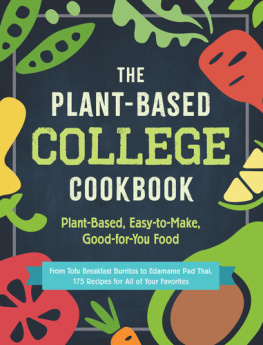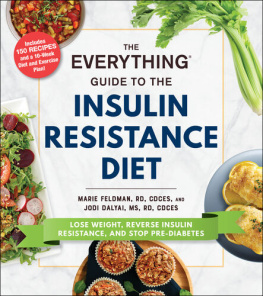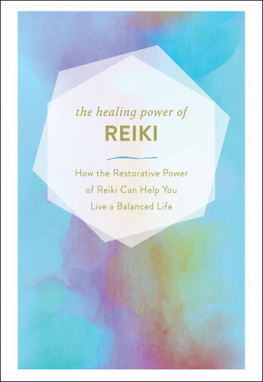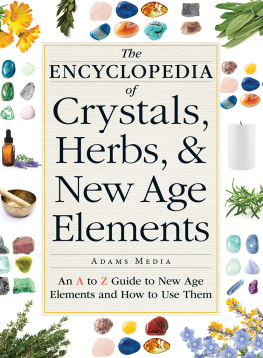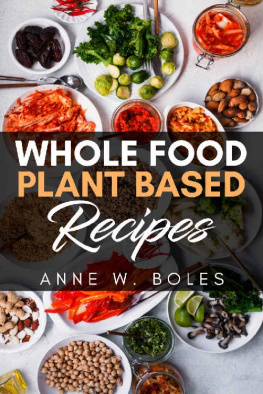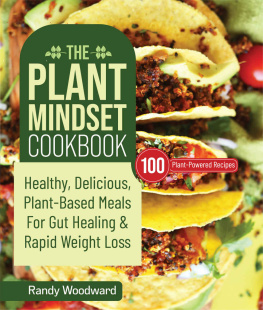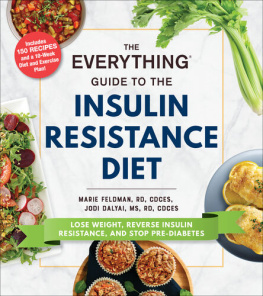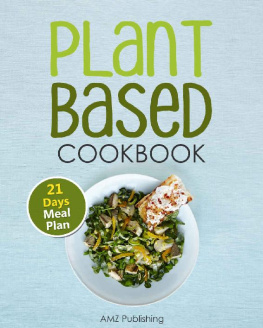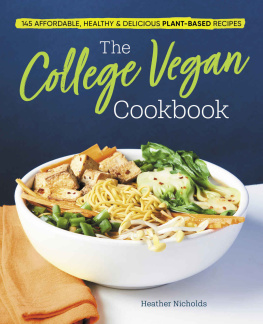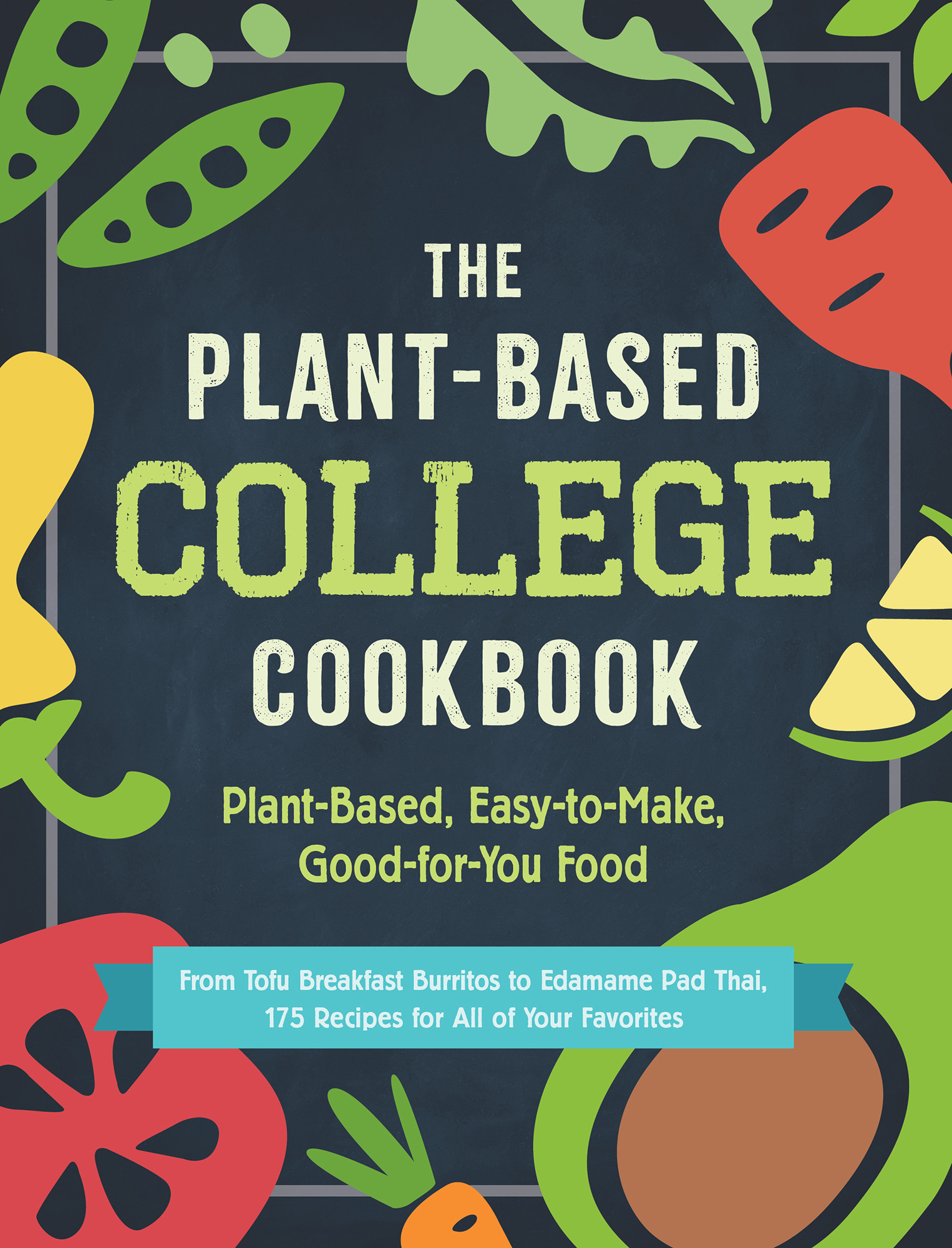Contents
Guide
Thank you for downloading this Simon & Schuster ebook.
Get a FREE ebook when you join our mailing list. Plus, get updates on new releases, deals, recommended reads, and more from Simon & Schuster. Click below to sign up and see terms and conditions.
CLICK HERE TO SIGN UP
Already a subscriber? Provide your email again so we can register this ebook and send you more of what you like to read. You will continue to receive exclusive offers in your inbox.
We hope you enjoyed reading this Simon & Schuster ebook.
Get a FREE ebook when you join our mailing list. Plus, get updates on new releases, deals, recommended reads, and more from Simon & Schuster. Click below to sign up and see terms and conditions.
CLICK HERE TO SIGN UP
Already a subscriber? Provide your email again so we can register this ebook and send you more of what you like to read. You will continue to receive exclusive offers in your inbox.
INTRODUCTION
Finish your homework.
Do the laundry.
Study for exams.
Cook a fresh, homemade dinner?
You might think cooking belongs at the bottom of your college to-do list, but its actually an important part of college life. Healthy eating is essential in college, both to hold off any unwanted weight gain and to set yourself up for a successful, happy lifestyle. But how are you supposed to know exactly what to eat to look and feel your best?
In The Plant-Based College Cookbook, youll learn how to focus on getting all the nutrition you need from all-natural plant sources, instead of relying on highly processed ingredients and animal products. The 175 delicious plant-based recipes that youll find throughout the book can increase your productivity, improve your overall health, and even make it easier to resist those sugar-loaded snacks that temporarily raise your blood sugar levels but leave you feeling more tired than ever an hour later. And best of all, you can make them all in your dorm or apartment kitchen. No more microwave dinners or late-night trips to the vending machine for you! With dishes ranging from delicious pizzas to share with your roommates to classic chocolate chip cookies for a post-exam reward to party-ready treats like homemade tortilla chips and guacamole, these plant-based options can satisfy any sweet or savory craving.
Youll also find some advice on how to incorporate the plant-based diet into your busy college life. And just in case this is one of your first attempts at cooking for yourself, youll find some helpful basics to get you started and make you sound like a profrom essential tools and ingredients to key cooking terms. So get ready to embrace a new lifestyle thats easy to follow and provides the good plant-based health that your body wants, needs, and deserves.
CHAPTER 1 PLANT-BASED COLLEGE LIFE
Leaving home for college presents challenges as well as opportunitiesone of which is figuring out the best foods to keep your body happy and healthy. An easy way to get the nutrients you need and feel great every day? Go plant-based!
In this chapter, youll learn exactly what a plant-based diet is and why its so great for your body. Even better, youll find that its also totally customizable and easy to incorporate into your everyday life, no matter your class schedule or weekend plans. With basic tips for adding plant-based foods into your daily life and easy advice to help you build up your kitchen, youll find everything you need to start your plant-based journey today.
What Is the Plant-Based Diet, Anyway?
The plant-based diet is actually pretty simple: It emphasizes whole, real foods from plant sources. So, when youre looking at your food options, whether thats at the grocery store or in the dining hall, you really want to be choosing fresh, minimally processed foods.
What Are Processed Foods?
Processed foods are foods that have undergone a change from their original or natural state. An action as simple as slicing or roasting a vegetable turns it into a processed food. When foods are heavily processed, such as frozen dinners and packaged premade meals, they are often stripped of their natural nutrients. Even when vitamins and minerals that are lost during refining are added back in latera process called enrichingthe resulting product never provides the same health value as the foods when they are in their natural whole state.
It can get a little trickier when you start to think about what meat or other animal products you should include in your diet. Some people going plant-based will choose to completely remove all animal products from their diet, while others will only cut out meat. Others might just decide to limit their meat intake, while still consuming other animal products such as eggs and cheese. When it comes to the plant-based diet, a good rule of thumb is to at least limit how much meat you eat so its no longer the main focus of your meal. Instead, think of meat as more of a side dish or even a condiment while you focus most of your attention on fruits, vegetables, and other healthy sources of protein.
In this book, youll find a mix of recipessome vegetarian, some vegan. So even though there wont be any meat, youll have to keep an eye out for other animal products if you are vegan. The good news is that the plant-based diet is easy to personalize: You can modify the different recipes to suit your personal needs. Simply substitute your favorite vegan alternatives for any animal products used in the vegetarian dishes. Or try adding in some natural animal products (or even that small amount of meat) if thats what keeps you feeling your best. Just remember that swapping out individual ingredients will change the nutrition stats included with each recipe, so be mindful of the changes you make.
So, if youre cutting back on meat and maybe even some other animal products, what exactly should you be including in your meals? A lot of things! As youre preparing your food, think about how youre representing each of these major food categories:
- Vegetables: This should be a big focus of every plant-based meal! Things like lettuce, peppers, corn, carrots, potatoes, and more are great; you can use these ingredients to add a lot of variety and color to your plate.
- Fruits: Fruits like apples, bananas, grapes, and oranges are great on-the-go snacks and can be an important way to get the nutrients you need throughout the day.
- Whole Grains: On the plant-based diet, its important to avoid refined and heavily processed foodswhich means things like white bread and white rice are out. Instead, look for whole-grain options.
- Proteins: Meat can be a tricky subject on the plant-based diet, so youll want to make sure you have other protein sources. Beans and nuts are a great addition, and sometimes other plant-based proteins are a good choice (look for options that are not heavily processed).
- Healthy Oils/Fats: Some fat is important in your dietyou just need to make sure youre choosing the healthiest options! Olive oil and avocados are great examples.
When figuring out how to transition to the plant-based diet, its important to think about what works best for you and your body. You may also want to consult with a professional for more advicecheck out the health services at your school or visit your regular physician if you feel you need more help.


